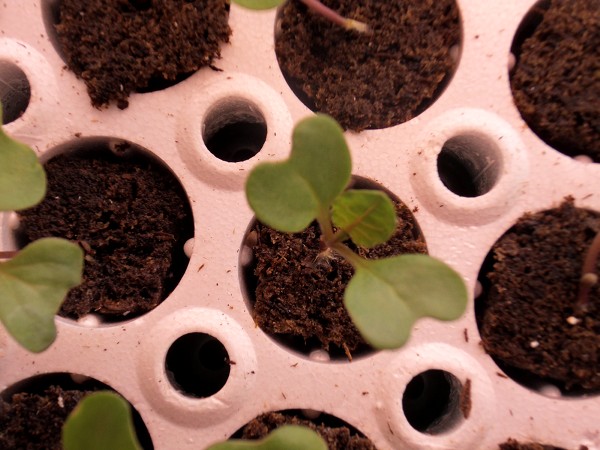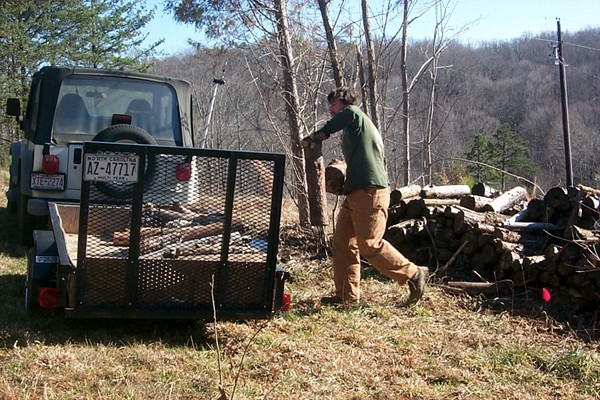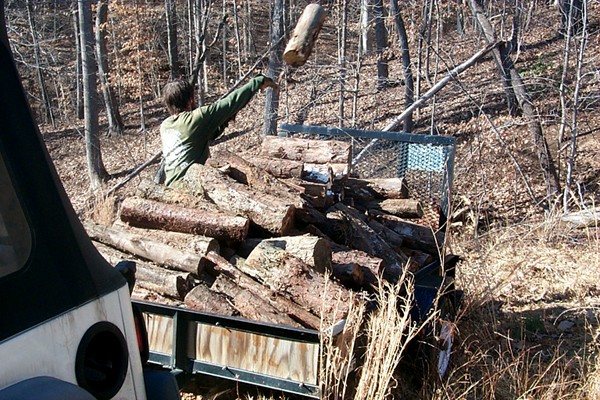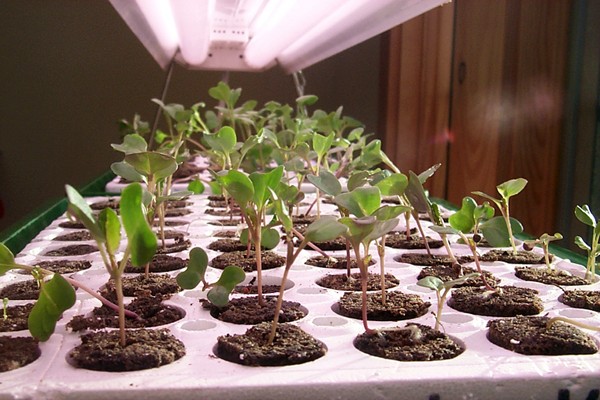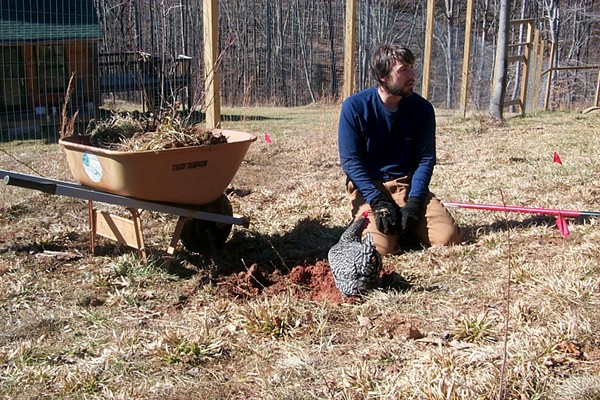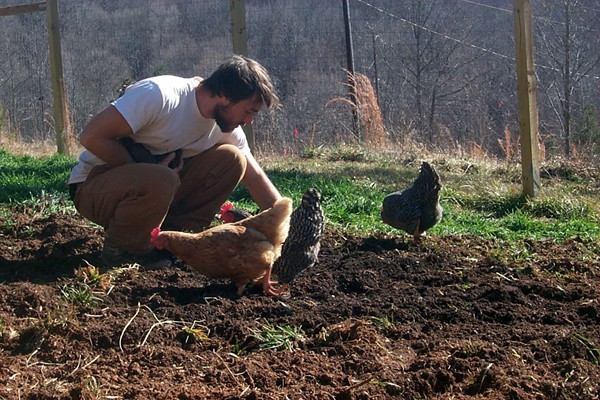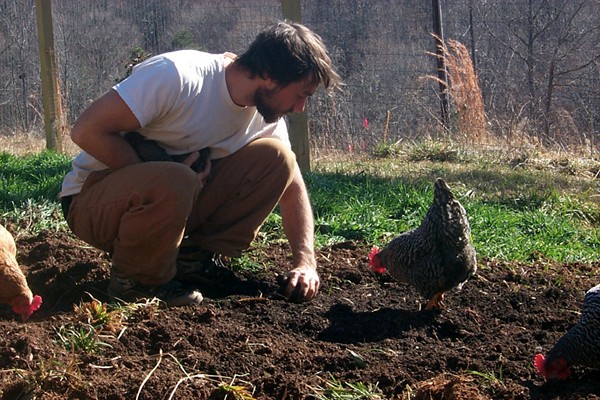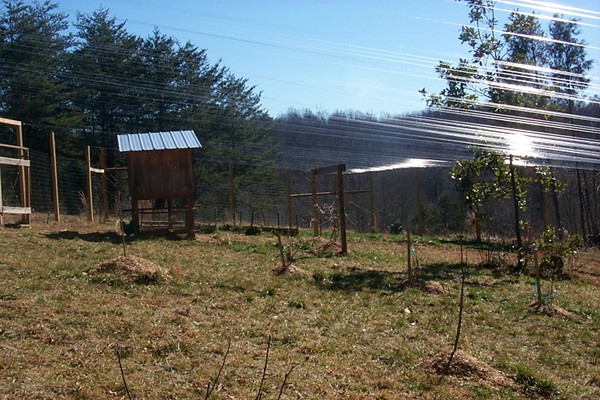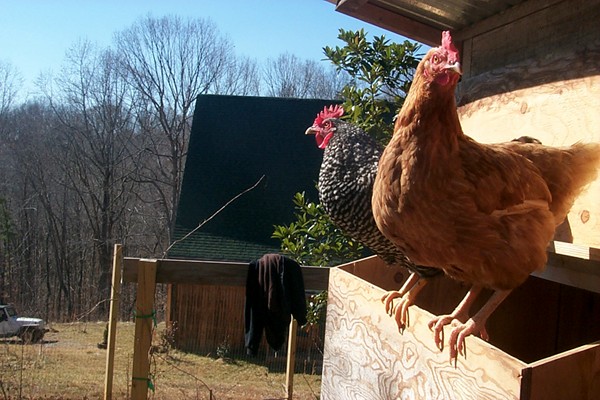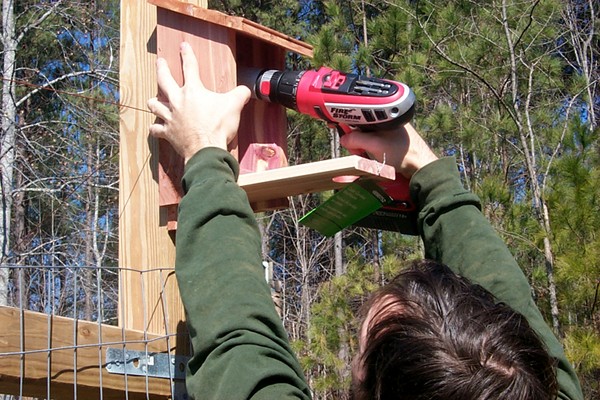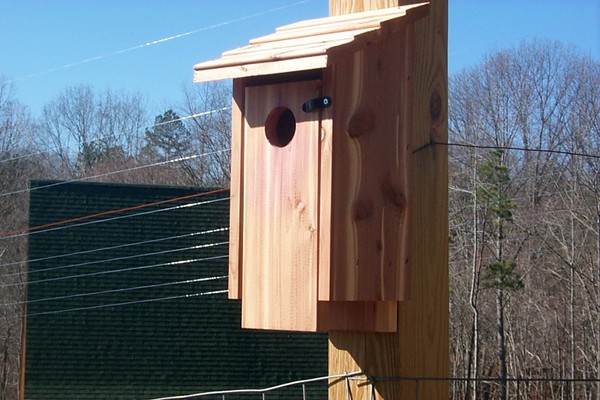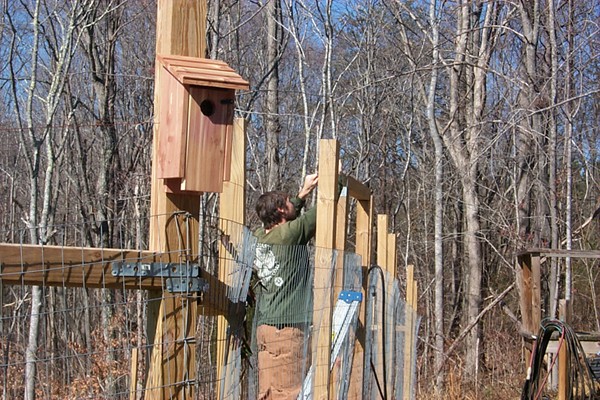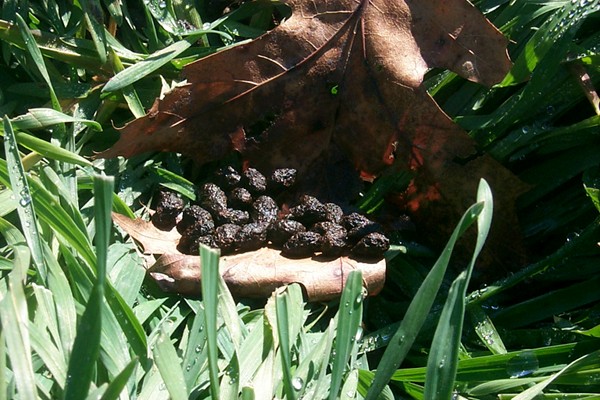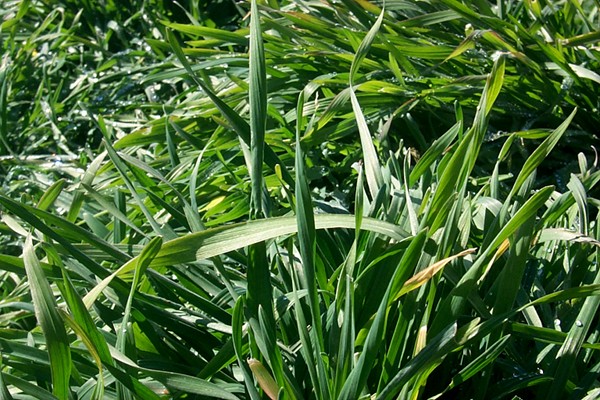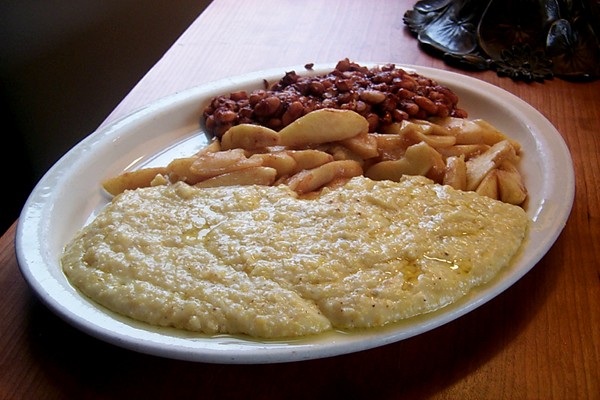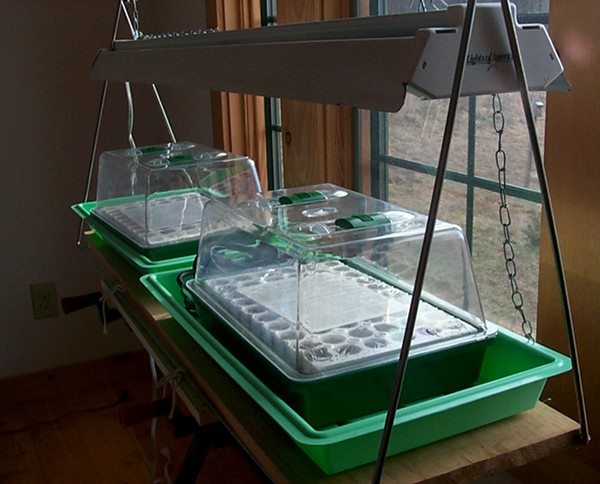
This year, I’m determined to start everything in the garden from seed, using heirloom seeds. If I’m calculating planting dates and starting times correctly, then now’s the time to start seeds indoors for the early garden — cabbage, cauliflower, broccoli, brussels sprouts, etc. When those things are in the ground, then I’ll start the seeds for the summer garden — tomatoes, squash, etc. For the early garden, I also bought seeds for lettuce and snow peas, but those don’t need to be started early indoors.
To do this, I bought a seed-starting system from Park Seeds. This includes the growing media, the little greenhouses, fluorescent grow lights, a soil warming mat, etc.
The grow lights are hooked to a timer to turn the lights on and off as appropriate. The warming mat keeps the soil warm while the seeds are germinating.
I ordered my seeds online from Baker Creek Heirloom Seeds.
As an experiment, I’m going to try to grow some celery. I doubt that celery will like my soil and climate, but I’m going to see how it goes. And, of course, the reason I’m using heirloom seeds is that I want to learn how to save my own seeds from year to year.
I’ll post more photos when I have some baby plants.
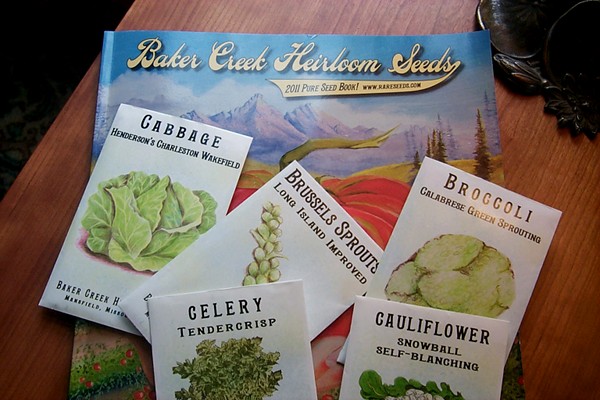
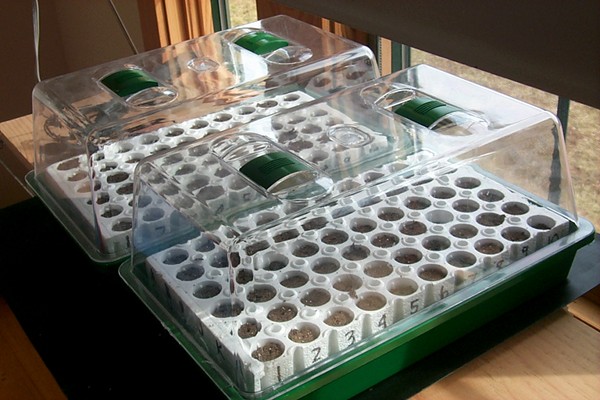
Park’s “Bio Dome” seed-starting system
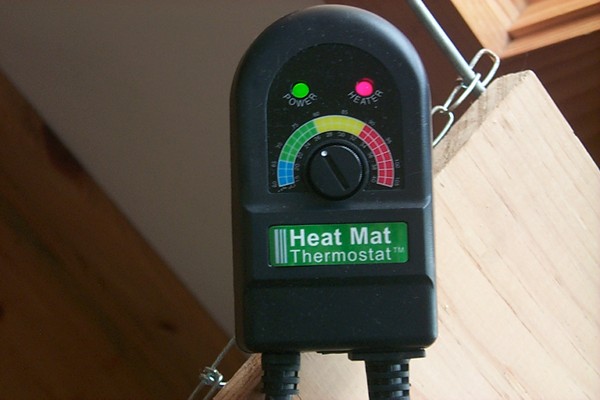
A thermostat controls the soil-warming mat.

A timer controls the grow lights.


